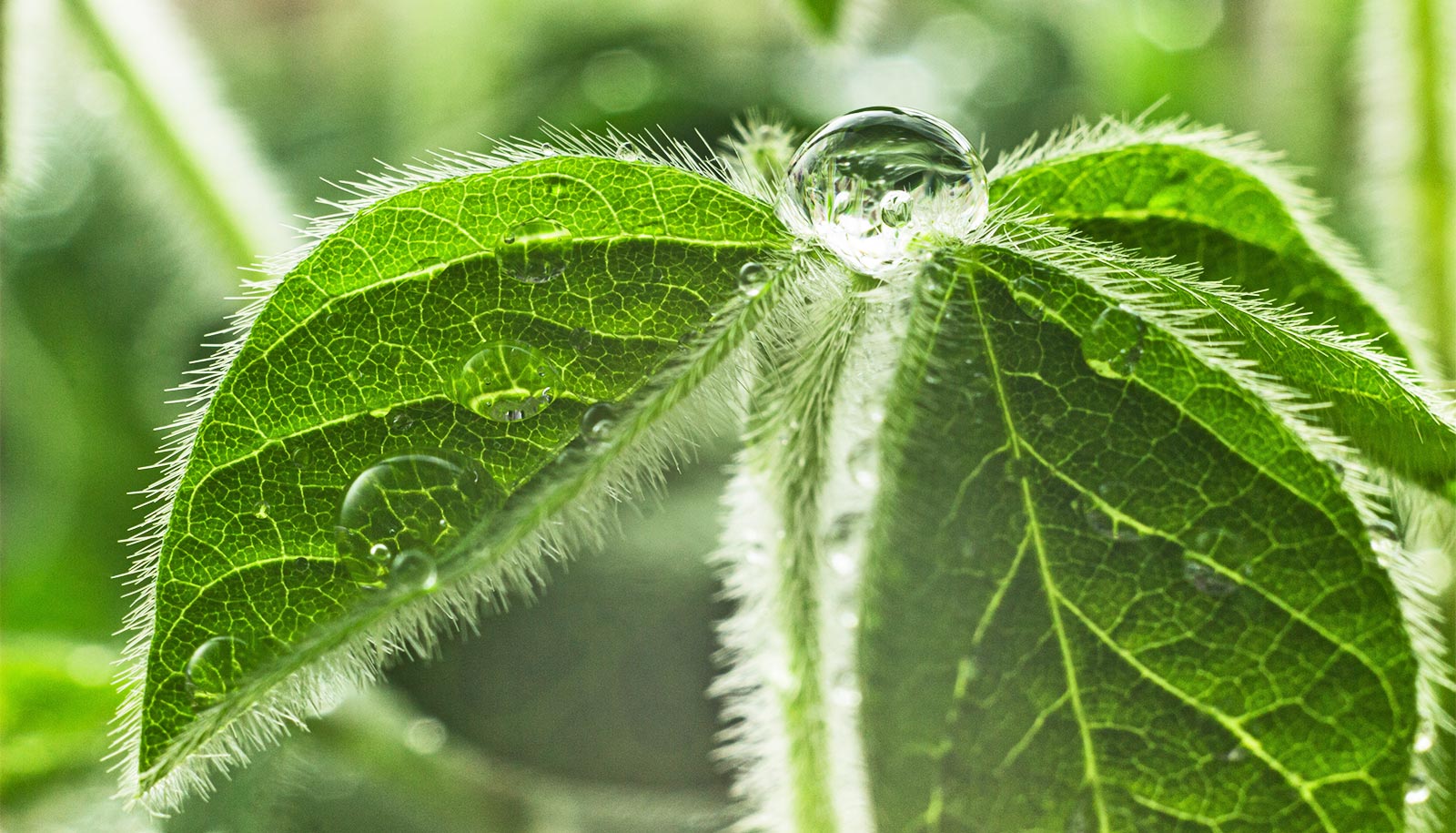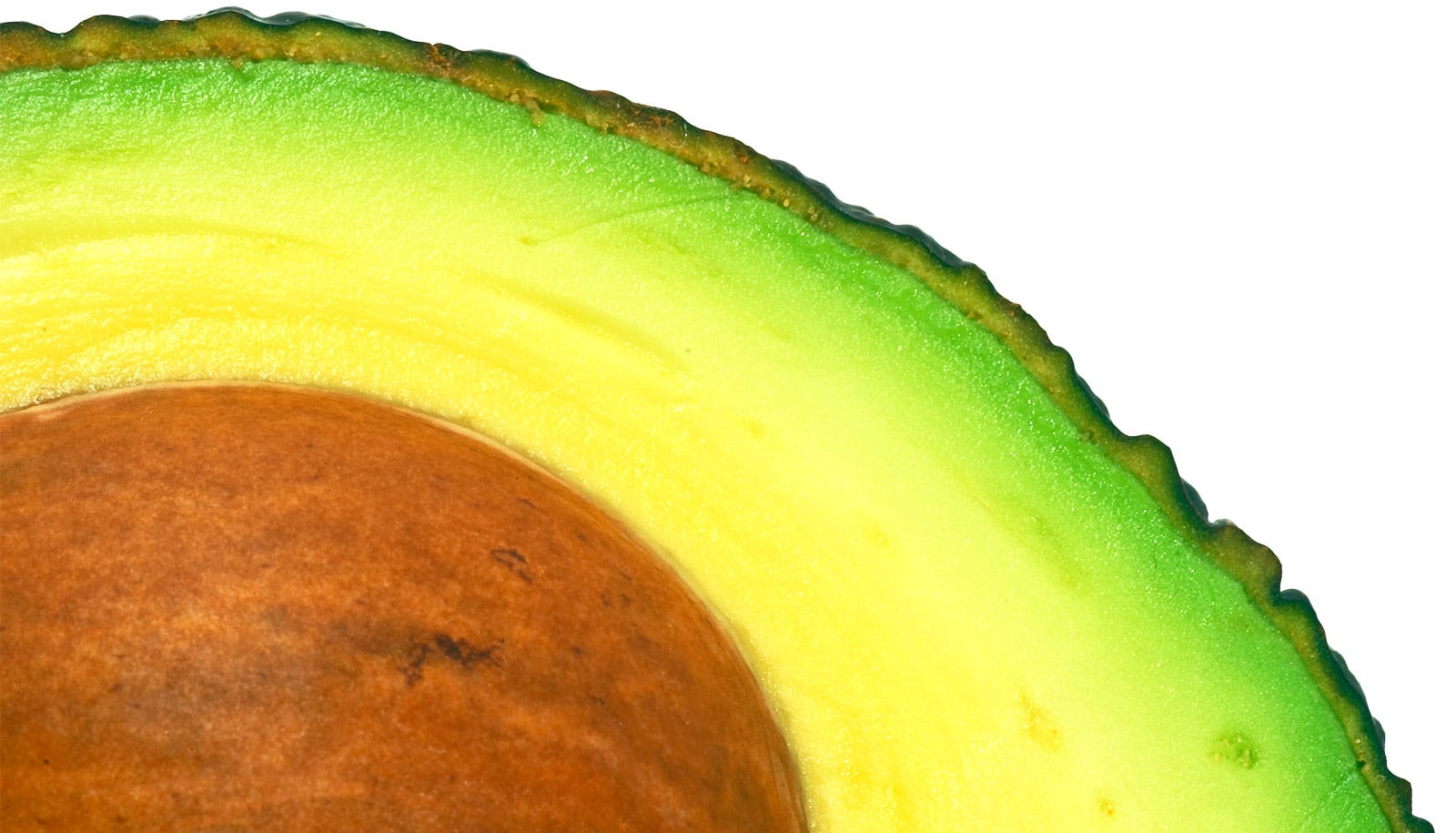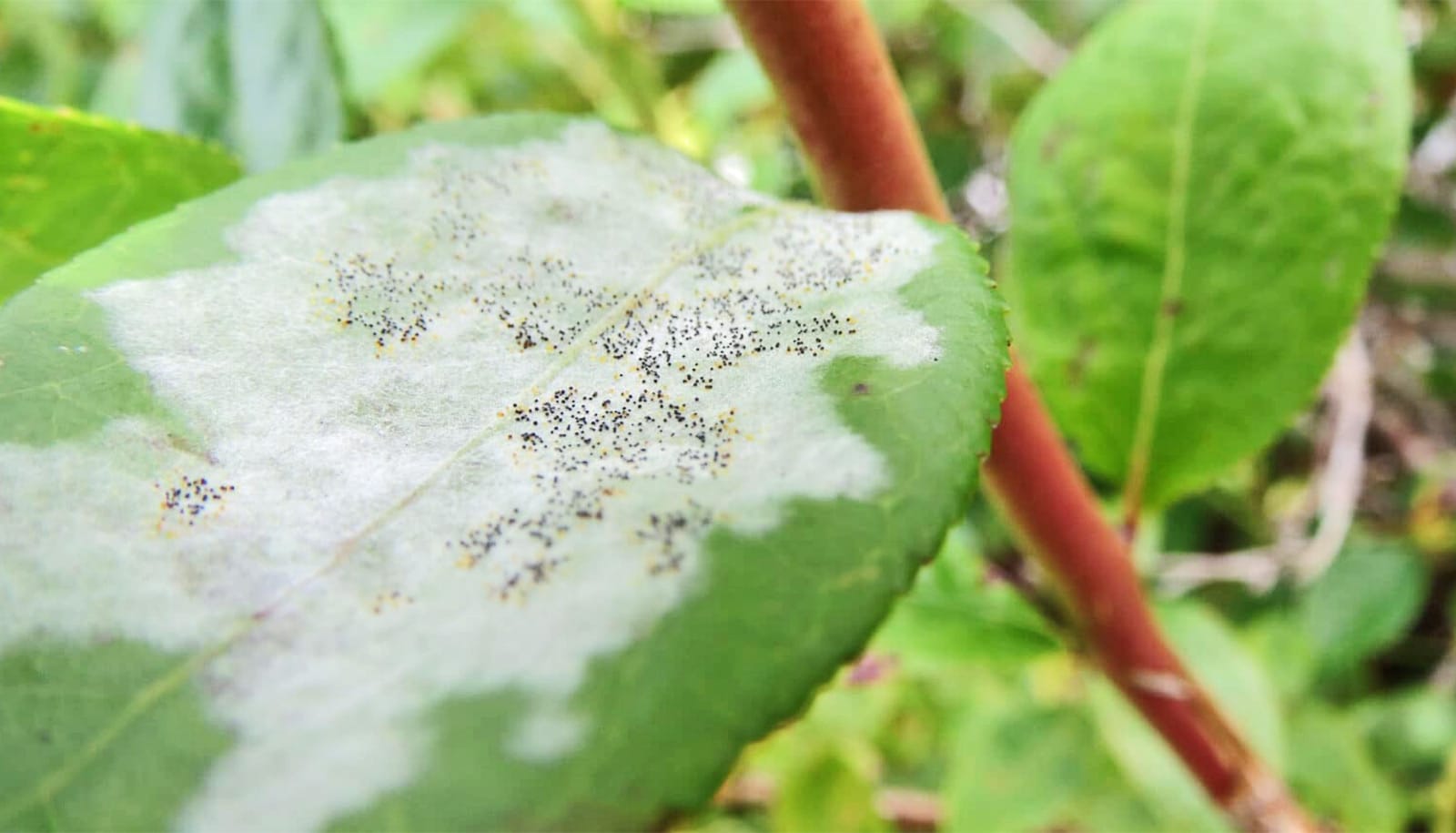Landscape characteristics including crop diversity or field size have less effect on the amount of insecticide used than the kind of crop, a new study shows.
Over the past half century, food production has intensified to meet the growing demand. And as agricultural fields have become ever larger, more pesticides are required to enhance yield.
Among increasingly huge spreads of single crops, insects tend to thrive as the landscape leaves little habitat for natural enemies such as birds or other predators. But whether this plays out in reality has been difficult to determine scientifically.
To date, empirical landscape-scale studies of the drivers of agricultural insecticide use have produced ambiguous results. Yet data-driven approaches have been fraught with their own problems: namely, aggregated statistics that make it difficult to tease apart the effects of underlying components.
Using detailed data from roughly 13,000 fields observed from 2005 to 2013 in Kern County, California, Ashley Larsen and Frederik Noack parsed the different effects of landscape characteristics such as crop diversity, field size, and cropland extent on insecticide use. Their findings appear in the Proceedings of the National Academy of Sciences.
“If we are to minimize the negative effects of insecticides on human and environmental health, it is critical to understand if and how we can leverage landscape features to reduce insecticide use,” says lead author Larsen, an assistant professor in University of California, Santa Barbara’s Bren School of Environmental Science & Management.
“Unlocking the different landscape components across multiple crops and spatial scales provides a novel understanding of which characteristics are likely to increase or decrease insecticide use for specific crops.”
Pesticides and land use don’t always line up
The analysis by Larsen and Noack, a postdoctoral researcher at the Bren School, demonstrated potentially valuable benefits to crop diversity and to smaller fields. However, these benefits were highly dependent on crop type. Their research showed that while crop diversity reduced insecticide use, its impact was small in comparison to the differences in insecticide use between different crops.
“The choice of crops we produce or the type of crops we eat has a much larger impact on overall insecticide use than do landscape characteristics such as crop diversity or cropland extent,” Noack says.
Take table grapes as an example. As surrounding crop diversity increased, insecticide use fell by nearly 8 kilograms per hectare. “Grapes use about 49 kilograms of insecticide per hectare, so an 8 kg reduction is a fairly substantial fraction,” Larsen explains. “For oranges, the reduction is less than 2 kilograms per hectare, which is not significant, and for carrots there is no effect at all.”
In addition, the investigators consistently found that larger fields use more insecticide. A huge swath of single crop may serve to meet growing demand, but it also provides an uninterrupted breeding ground for insects, which in turn may promote increased chemical treatment to control the pests.
Kids exposed to pesticides have smaller lungs
“There are a lot of moving parts, but on the ecological side, this paper was a big advancement because we haven’t had this type of fine-scale understanding before,” Larsen says. “We have been able to show that landscape drivers of agricultural insecticide use are very crop specific.”
Source: UC Santa Barbara



